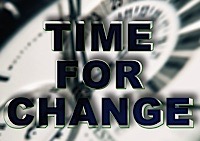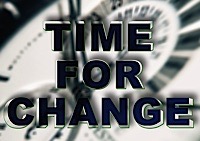
To become a more effective manager, it helps to rethink what you thought you knew--for example, that micromanagement is a sin, and that employees are the most important part of your organization.
Even the best leaders can benefit from adopting a new perspective or expanding an old one. Let’s explore and challenge a few concepts that you may have accepted as conventional wisdom but that aren’t necessarily working in your favor.
Over the years, I’ve heard many decision makers say that people are the most important part of their organization. While I agree that good organizations are made up of great people doing great work and that employees play an extremely important role in the success of any organization, the idea that people are the most important part of an organization is a wrong assumption that can actually hinder the people it intends to credit. We’ve all seen firsthand how even the most talented people turn in substandard performance if they don’t have the systems and structures they need to excel in their work. Therefore, if you make this assumption and are willing to rethink it, you can more readily capture opportunities to empower your people to achieve more successes within your organization.











 very strategy consultant has one PowerPoint slide he regards as his opus. After eight years in the field, I had several contenders: a two-by-two matrix that made people rethink the very nature of x and y axes; a waterfall chart that redefined the relationship between revenue and expenses; a customer- profitability Mekko chart that would sit as easily at MoMA as it did in GoToMeeting. But my greatest gift to the value-adding arts was for a telco that feared it had no future in the Internet era. Using clip art of stacked cylinders to represent databases (did I mention I'm a brilliant artist?), I depicted the missed opportunities in the valuable customer info our client didn't use.
very strategy consultant has one PowerPoint slide he regards as his opus. After eight years in the field, I had several contenders: a two-by-two matrix that made people rethink the very nature of x and y axes; a waterfall chart that redefined the relationship between revenue and expenses; a customer- profitability Mekko chart that would sit as easily at MoMA as it did in GoToMeeting. But my greatest gift to the value-adding arts was for a telco that feared it had no future in the Internet era. Using clip art of stacked cylinders to represent databases (did I mention I'm a brilliant artist?), I depicted the missed opportunities in the valuable customer info our client didn't use.






